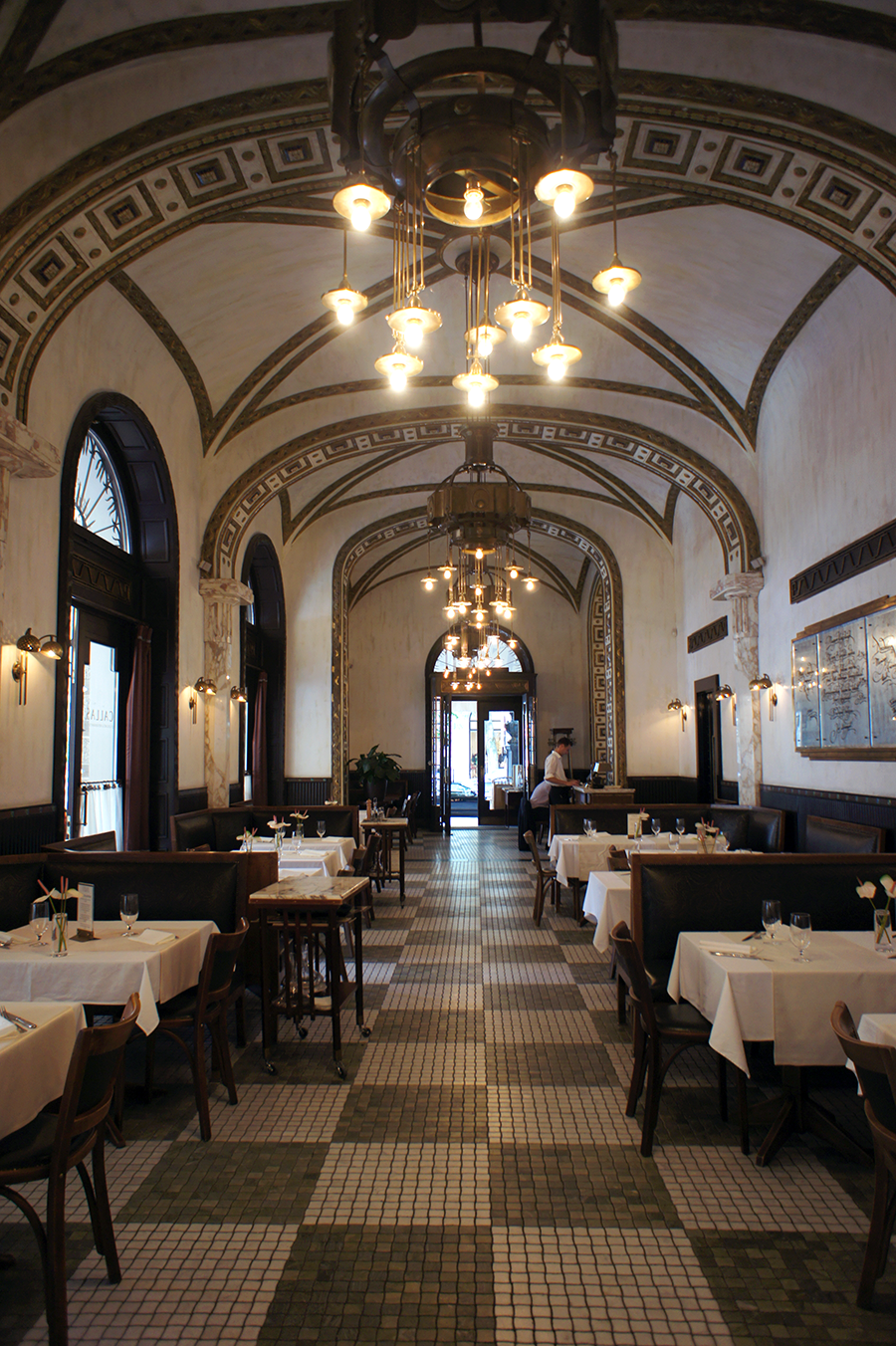ECHOES IN A TURKISH-STYLE BATH, A PARISIAN AVENUE, PAPRIKA, PALINKA, the Great Synagogue peeking out quickly between roads, Viennese-style cafes and a not-so-blue Danube. 48 hours in Hungary's capital provided a breathtaking montage of scents, sights and sounds mixing the exotic with the classical. Of the sights, the visions abound, offering something astounding whether up close or from afar. Of the sounds, very foreign to me was Magyar, the national language spoken by Hungarians who also go by the same name.
Conveniently, the Magyar were not only generous with their English but also eager to share tidbits of Hungarian culture. They were especially eager to introduce new edibles: thick, heavy tejföl on foie gras, sour cherry or poppy seed strudels and the assaultingly strong pálinka were entirely new to me. Apart from goulash, most everything else was an invigorating first.
On the subject of firsts, I end this post with some fascinating trivia about my first-ever host country in central Europe. It isn't exactly popular knowledge that classical, exotic Hungary is birthplace to a number of things we already know very well. The Rubik's cube, the ballpoint pen and vitamin C all hail from the Magyar nation, invented within the country or by a Hungarian national.
So while I thank Hungary for my brief yet breathtaking Budapesti encounter, I furthermore thank the nation for the vitamin supplement and writing instrument so integral to contemporary life. As for the cube, let me get back to you when I figure it out.
Now there's a life-long montage of puzzle-solving.
Gellért Baths, Fisherman's Bastion, Cafe Kör, Alexandra Bookstore and Callas Café and Restaurant, Budapest. Photos by Lady San Pedro.












COMMENTS
Post a Comment